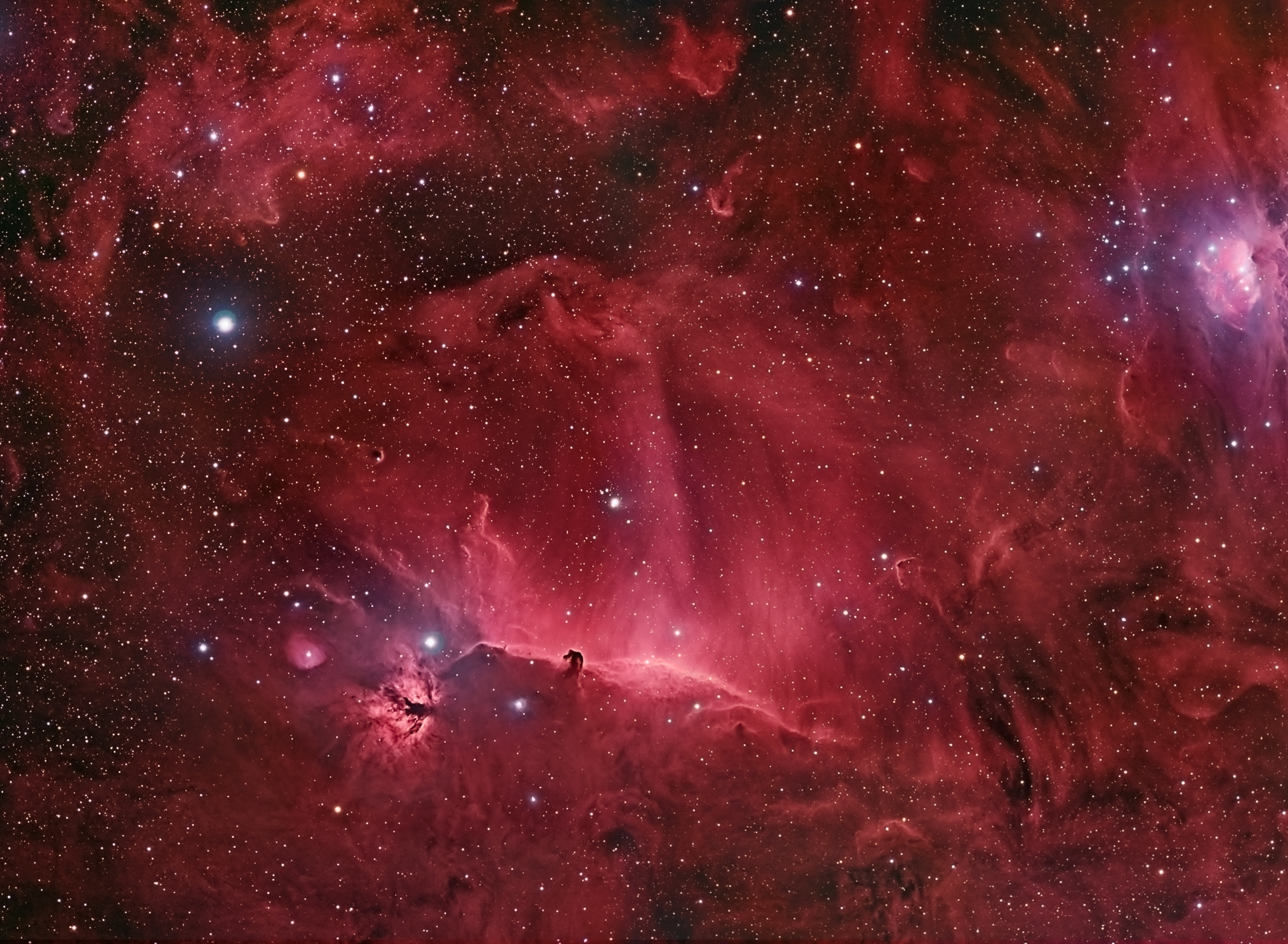Sunday September 27 we experience a total lunar eclipse visible from North America and of course here in San Francisco. This eclipse features the Moon passing nearly through the center of Earth's shadow, meaning that the Moon will remain in eclipse for over an hour and should be fairly dark, at least on one side. And from San Francisco we will see the unique situation of a Moonrise that is of a nearly fully eclipsed Moon, an unusual sight.
 |
| Total Lunar Eclipse - geometry |
The eclipse takes several hours to occur, from first touch of the Earth's penumbral shadow to last contact, but the main part of the eclipse is the most exciting part, that of 'Totality' when the Moon's surface is fully darkened by the shadow of the Earth. From the west coast, totality starts at 7:13 pm and ends at 8:22 pm. Given that the Sun sets at 7:01 pm, the local conditions should lead to a very interesting Moonrise (just moments after the sunset) with nearly all of the Moon eclipsed.
The San Francisco Amateur Astronomers (SFAA) will be set up at Pier 15 along San Francisco's Embarcadero (just next to the Exploratorium) for public viewing, as the rising Moon should make a lovely picture just above Treasure Island and the San Francisco Bay. We will be there from 6:30 until 8:30 pm.
Here are several excellent resources on the eclipse:
EarthSky:
http://earthsky.org/?p=51212
Wikipedia:
https://en.wikipedia.org/wiki/September_2015_lunar_eclipse
NASA:
http://eclipse.gsfc.nasa.gov/lunar.html










